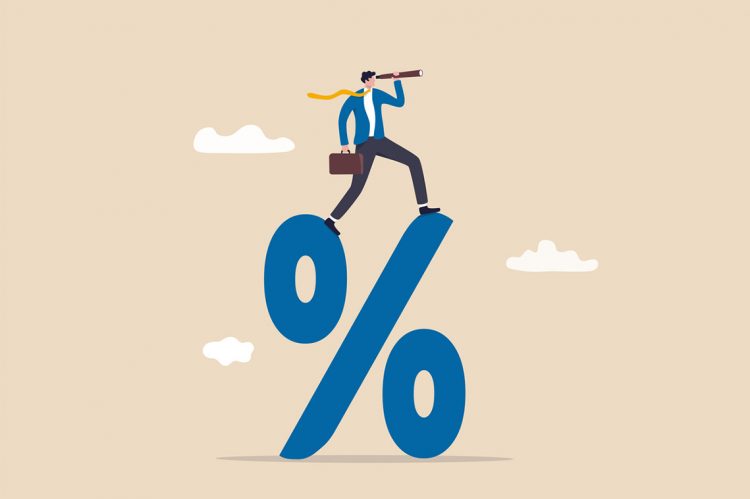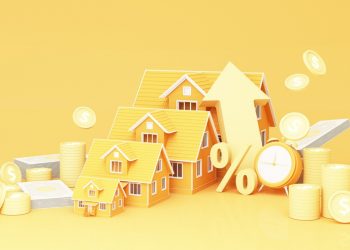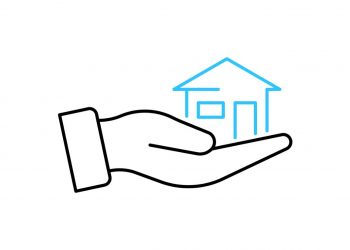Housing market potential sagged to its lowest point since May 2020 in September, falling 3.6% from August to an estimated 5.38 million at a seasonally adjusted annualized rate (SAAR). Year over year, the market potential for existing-home sales is down 16.7%. Market dynamics and the broader economic outlook have changed dramatically in the last 12 months, and that has strongly influenced the fundamentals that drive buyer and seller behavior and the potential for existing-home sales compared with a year ago.
Then vs. now
In September 2021, which marked the highest level for housing market potential since 2007, the average 30-year fixed mortgage rate was 2.9%. Since then, average mortgage rates have increased to 6.1% in September of this year and they have continued to drift higher in October, approaching 7%. Higher mortgage rates have a dual effect on the housing market. First, rising rates reduce home-buying power, all else held equal, dampening home-buying demand and decreasing the market potential for existing-home sales. House-buying power is down 29% compared with September 2021. The decline of house-buying power has reduced market potential by 695,000 home sales.
Higher mortgage rates also incentivize homeowners to stay put by strengthening the rate “lock-in” effect. Consider that 93% of outstanding mortgages had mortgage rates below 6% in the second quarter of 2022. As mortgage rates approach 7% and the gap between most homeowners current mortgage rate and the prevailing market rate grows, the financial disincentive for homeowners to sell their homes and buy a new home at the higher prevailing mortgage rate increases. The rate lock-in effect prevents more new supply from reaching the market and reduces the number of home sales. Homeowners staying put reduced housing market potential by 84,000 sales in September compared with one year ago.
The other factor that is different today compared with one year ago is an uncertain economic landscape, and that is reflected in tighter credit conditions. When lending standards are tight, fewer people can qualify for a mortgage to buy a home. Tighter credit conditions resulted in 424,000 fewer potential home sales compared to one year ago.
While house price growth is slowing as the housing market cools, prices still remain higher than one year ago and homeowners, in aggregate, have historically high levels of home equity. For some of those equity-rich homeowners, that means moving and taking on a higher mortgage rate isn’t a huge deal—especially if they are moving to a more affordable city. Higher home prices compared with one year ago boosted housing market potential by 113,500 home sales in September.
What’s next?
It’s clear that lower mortgage rates super-charged housing market potential in 2021, but what’s next for potential home sales now that rates are rising? Falling house-buying power combined with tighter credit conditions have been the largest factors sapping potential demand. As long as inflation remains high, there will be upward pressure on mortgage rates as the Federal Reserve continues to aggressively tighten monetary policy.
The higher the mortgage rate, the more sellers will go on strike and the more potential buyers will feel the impact of reduced house-buying power, but price appreciation will further slow and potential buyers can use adjustable-rate mortgages to regain some of that lost house-buying power. While not the frenzy of 2021, the largest living generation, the millennials, will continue to age into their prime home-buying years, creating a demographic tailwind for the housing market.
 Mark Fleming is the Chief Economist for First American.
Mark Fleming is the Chief Economist for First American.
First American Deputy Chief Economist Odeta Kushi contributed to this post.
For more information, visit www.firstam.com/economics.











